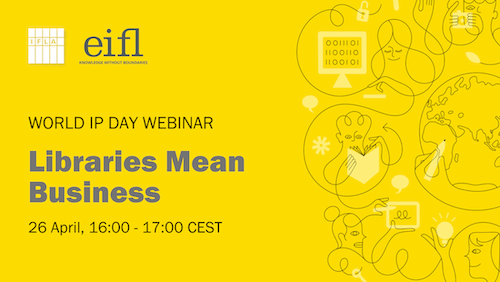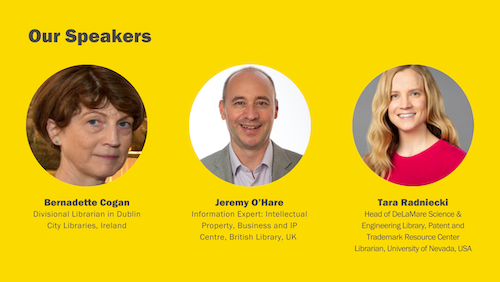When we talk about infrastructure, it’s easiest to think of things like roads, railways, bridges.
Things that connect us together, allowing economies and societies to work. Things that serve many people, and many purposes, providing a basic service that you may take for granted when you have, but that you miss when you don’t.
They combine with other activities – production of goods, provision of services, engagement between people – in order to support growth and social cohesion.
While traditionally, as mentioned, we tend to see infrastructure as being about transport, it is also clearly applicable to other types of connection, such as energy or connectivity.
Again, these are clearly essential for allowing all sorts of different activities – economic and otherwise. They make it possible for more focused interventions – such as business support, training programmes or other initiatives – to create healthy and equitable economies and societies. We have already blogged about the role of libraries in connectivity infrastructure.
This idea of infrastructure as a basic service supporting the delivery of wider success can also apply to other policy areas. They also rely both on there being structures in place, as well as ongoing services or other activities.
This blog explores this idea for a number of policies, and underlines how libraries are, arguably, a core part of these other infrastructures.
Educational infrastructure: ensuring that everyone has the chance to learn and develop throughout life should be a clear priority for any economy or society. Core to achieving this are of course great teachers, helping children and others.
But they in turn rely on having access to adequate schools, with the facilities and resources to make their job easier. Within schools, libraries represent a crucial resource, not only helping teachers with materials, but also helping develop key skills, and providing a space for students to extend their learning.
Looking beyond people of school age, there is a key role for further education colleges, but also for community institutions such as libraries which provide both a portal and a platform for learning.
By putting potential learners in touch with opportunities, providing a space for education initiatives, and enabling self-led learning, a strong library network can provide a crucial infrastructure for education providers for people of all ages.
Social Infrastructure: social policy is most often associated with a combination of targeted benefits or supports, and interventions and programmes focused on individuals, in order to promote inclusion, equality and cohesion.
But achieving this goal in a lasting fashion requires more. Eric Klinenberg has of course already popularised the idea of libraries representing a form of social infrastructure – a key basic service on which successful societies can be built.
They do this by providing a space, and a reference point, for communities. They also enable the achievement of the goals of other programmes through providing a space where everyone can feel welcome, and supporting the education and development that is often at the heart of reintegration.
Once again, this support can come simply through the presence of welcoming libraries, through their own programming, or through their role in providing a portal to, or platform for, services provided by others.
Cultural Infrastructure: culture can be both a goal in itself, and instrumental in supporting wider policy objectives such as cohesion, innovation, and wellbeing. It should also, clearly, be egalitarian, giving everyone the possibility both to benefit from the ideas of others, and to come up with their own.
While plenty of creativity happens everyone, including of course in people’s homes, there is nonetheless a need for infrastructure. Especially for the performing arts, the existence of theatres and other venues is clear in order to allow creative individuals and groups to connect with audiences.
Yet literature too has its venues, in the form of libraries, bookshops and other places that allow people to discover and enjoy writing. Indeed, these are often the most local cultural centre that many people have!
Indeed, especially for those who many not benefit from having their own quiet space at home, the possibility to visit a library in order to read, and discover new ideas, is clear. Libraries can also provide a gateway to other forms of culture, encouraging users to express their creativity in other ways through hosting events or providing access.
Innovation Infrastructure: research and innovation too benefit from being able to count on a core infrastructure. Governments can invest in things like super-computers (to provide the computing power for advanced analysis), venues for carrying out tests and experiments, or open science infrastructures. These allow researchers and innovators to go further, and faster, than would otherwise be possible.
Libraries, too, are arguably essential parts of the innovation infrastructure of any country, providing access to existing knowledge, and supporting the production and dissemination of new ideas. They have also, clearly, been at the heart of advocacy for open access and open science.
It is worth noting the importance of special collections and specialised knowledge which may only exist in one or a few places within a country, or even globally. Even relatively small libraries can be irreplaceable parts of the innovation infrastructure.
Democratic Infrastructure: democracy, first and foremost, is about people using their rights to decide who should be in power, or indeed what those who are in power should do. This happens through voting, in person, by post or proxy, or even online.
Yet for the choice people make on election or referendum days to be meaningful, more is needed than polling stations and vote-counting offices. Democracy also relies on informed individuals, and a sense of shared belonging.
Achieving this also relies on infrastructures – spaces and programmes to build an understanding of issues and debates, as well as simply where people can see and feel that they are part of the same community as their neighbours and others.
Libraries contribute to this, through acting as a social infrastructure (see above), through giving space for discussion and debate, through hosting and supporting engagement with open government data and beyond. They can also simply help by being a symbol of public service within the community, reminding people of what governments do, and why this matters.
Conclusion
The blog has looked at just five areas where, arguably, policy success benefits from – or even depend on – the existence of an infrastructure enabling more focused activities to take place.
Of course, the problem is that when the benefits created by such infrastructures are widely spread, it can be difficult to convince any single individual or business is likely to want – or be able – to pay for such infrastructure on their own. Why should they pay when others benefit?
This is why governments often have such an important role in supporting infrastructure, ensuring that it is part of any wider plan, either policy area by policy area, or in wider sustainable development strategies.
In each of the areas set out here – and beyond – there is a therefore a case to be made to governments that libraries need to be seen, and supported, as vital infrastructures, and accordingly integrated into plans and strategies for success. Indeed, given the unique cross-cutting role of libraries, our institutions arguably need to be integrated into plans at the highest level, to ensure that their potential to facilitate progress is fully realised.

